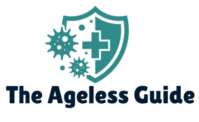
As you journey through life, the aging process becomes an inevitable part of your experience. Aging is not merely a biological phenomenon; it encompasses a complex interplay of genetic, environmental, and lifestyle factors that shape how you age. From the moment you are born, your body begins to undergo changes that will eventually lead to the physical signs of aging.
Our complete guide to Impact of Nutrition on Aging: Unlock Vitality and Longevity.
These changes can manifest in various ways, including shifts in skin elasticity, muscle mass, and bone density. Understanding this process is crucial for you to navigate the challenges and embrace the beauty that comes with aging. The aging process can be divided into two main categories: intrinsic and extrinsic aging.
Intrinsic aging refers to the natural, internal changes that occur over time, such as hormonal shifts and cellular degeneration. On the other hand, extrinsic aging is influenced by external factors like sun exposure, pollution, and lifestyle choices. By recognizing these two aspects, you can better appreciate how your daily habits and environment impact your aging journey.
This understanding empowers you to make informed decisions that can enhance your quality of life as you age.
Get the insider’s guide to Natural Remedies for Aging Skin: Proven Tips for Youthful Glow.
Key Takeaways
- Aging is a natural process that involves changes in the body and mind over time.
- Wrinkles and fine lines are common signs of aging, caused by a decrease in collagen and elastin production.
- Gray hair is a result of the natural aging process, as the hair follicles produce less melanin.
- Factors such as genetics, sun exposure, and lifestyle choices can contribute to the aging process.
- Managing wrinkles involves using sunscreen, moisturizing, and incorporating anti-aging products into your skincare routine.
Recognizing Wrinkles and Fine Lines
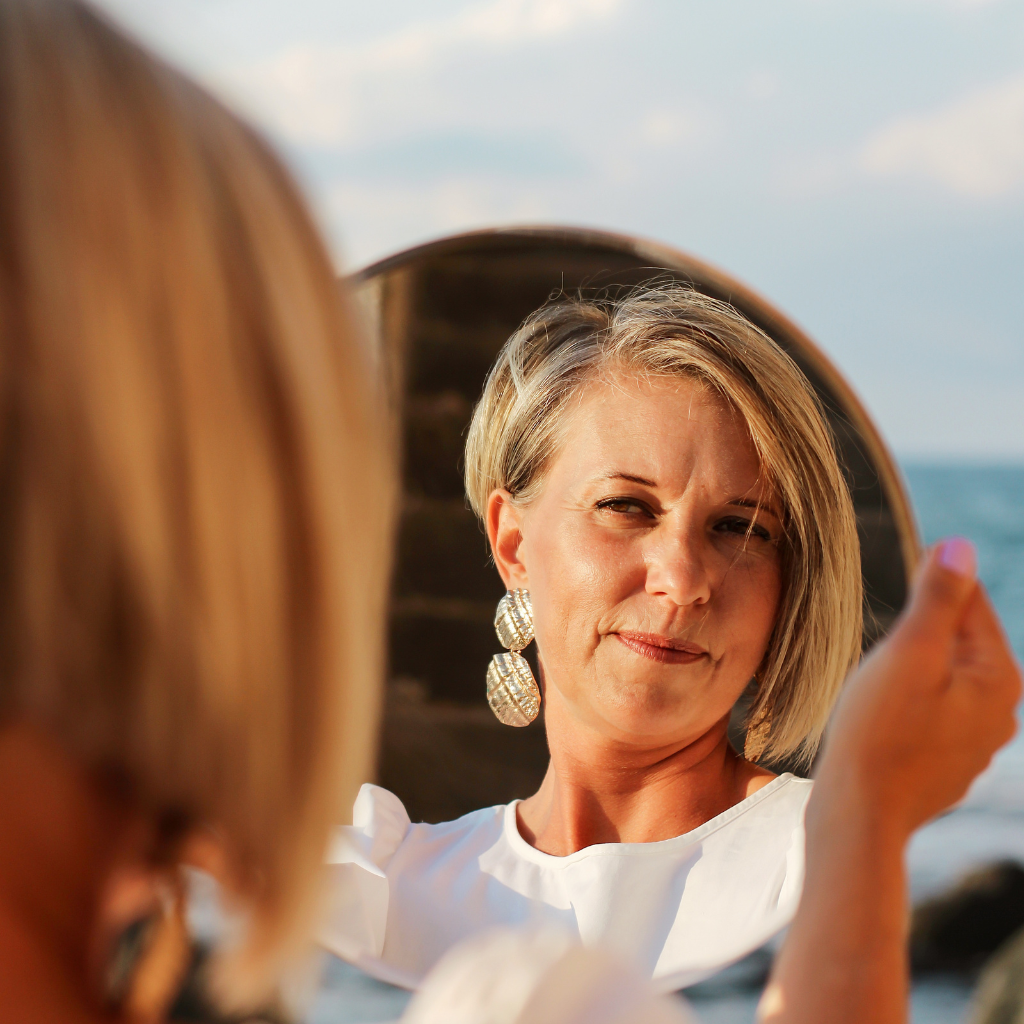
As you look in the mirror, you may start to notice the emergence of wrinkles and fine lines on your face. These changes can be subtle at first, often appearing around your eyes, mouth, and forehead. Fine lines are typically the first signs of aging that you may encounter, often resulting from a combination of factors such as sun exposure, repetitive facial movements, and a decrease in collagen production.
Recognizing these signs early on can help you take proactive steps to manage their appearance. Wrinkles, on the other hand, tend to develop as your skin loses its elasticity and moisture over time. They can be categorized into two types: dynamic wrinkles, which form due to muscle contractions during facial expressions, and static wrinkles, which are visible even when your face is at rest.
Understanding the difference between these types can help you tailor your skincare routine effectively. By acknowledging these changes in your skin, you can begin to explore various methods to minimize their appearance and maintain a youthful glow.
Our complete guide to Mental Wellness and Cognitive Health for Healthy Aging: Keeping Your Mind Sharp is right here.
Identifying Gray Hair
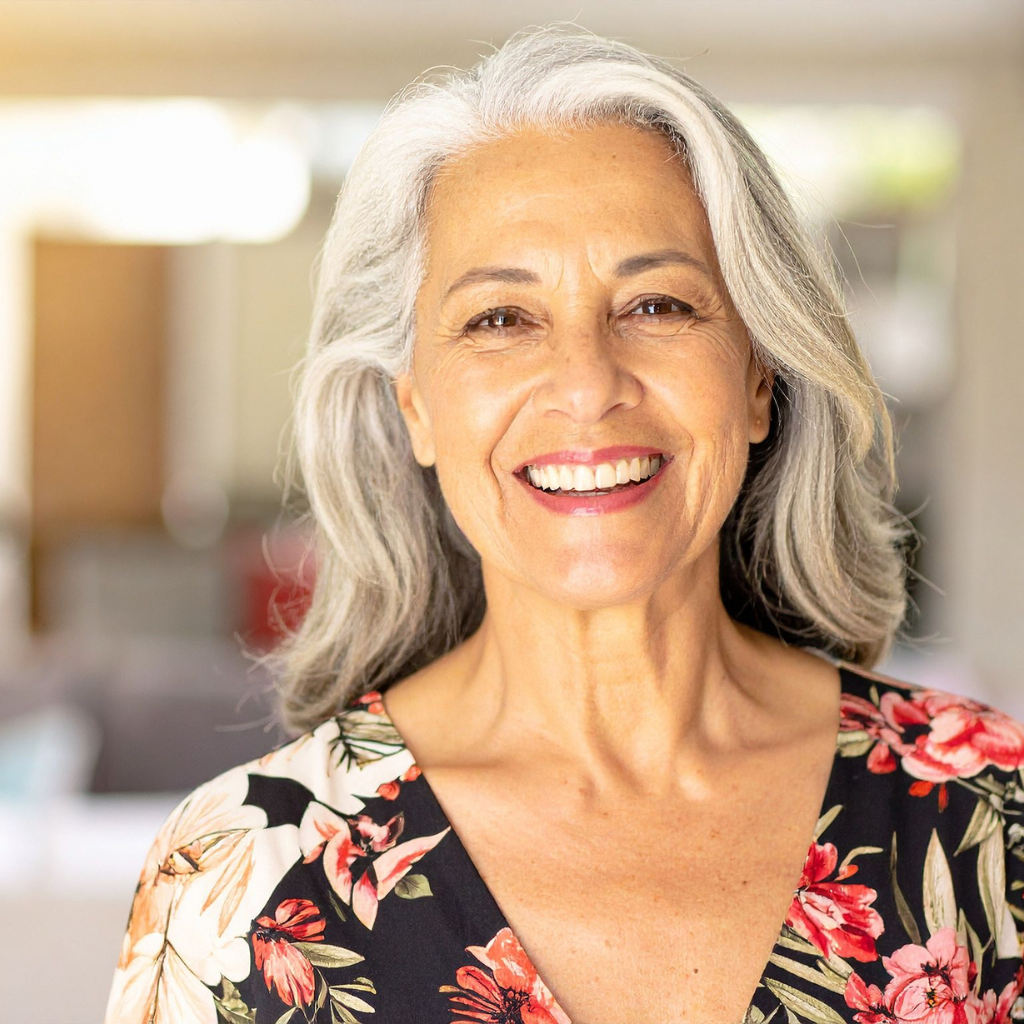
Gray hair is another hallmark of aging that many people find difficult to accept. As you age, the pigment cells in your hair follicles gradually diminish, leading to a loss of color. This process can begin as early as your twenties or thirties, depending on your genetic predisposition.
Identifying gray hair can be a poignant reminder of the passage of time, but it also presents an opportunity for self-reflection and acceptance of your evolving identity. The transition to gray hair can vary significantly from person to person. Some may experience a gradual graying process, while others may find their hair turning silver or white almost overnight.
Regardless of how it happens, it’s essential to embrace this change as a natural part of life. You might even find that gray hair can add character and depth to your appearance. By recognizing gray hair as a symbol of wisdom and experience rather than a flaw, you can shift your perspective and celebrate this aspect of aging.
Looking for the best? Start with our top picks for Under Desk Elliptical Machine for Seniors.
Factors that Contribute to Aging
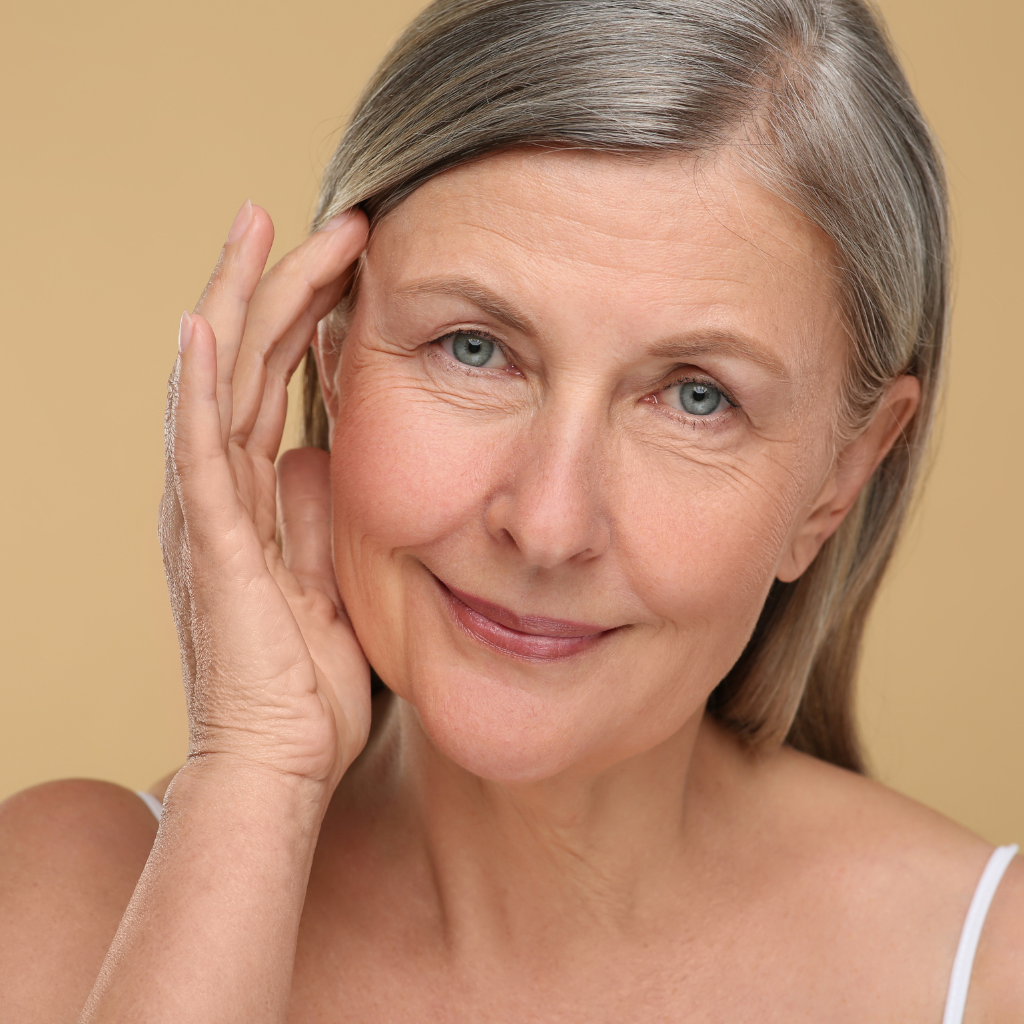
| Factor | Contribution to Aging |
|---|---|
| Sun exposure | Accelerates skin aging |
| Smoking | Causes premature aging of skin |
| Poor diet | Can lead to skin damage and aging |
| Lack of exercise | Contributes to muscle and bone aging |
| Stress | Can accelerate aging process |
A multitude of factors contributes to the aging process, and understanding them can empower you to make choices that promote longevity and vitality. Genetics play a significant role in how you age; some individuals may be predisposed to certain age-related conditions or have a genetic makeup that allows them to age more gracefully. However, genetics is just one piece of the puzzle.
Get the insider’s guide to the Best Memory Foam Pillows for Better Sleep.
Environmental factors such as sun exposure, pollution, and lifestyle choices also significantly impact how you age. Your daily habits can either accelerate or slow down the aging process. For instance, smoking and excessive alcohol consumption can lead to premature aging by damaging skin cells and reducing blood flow.
Conversely, a balanced diet rich in antioxidants, regular exercise, and adequate hydration can help combat the visible signs of aging. By being mindful of these factors and making conscious choices, you can take control of your aging journey and promote a healthier lifestyle.
Skin Care Tips for Managing Wrinkles
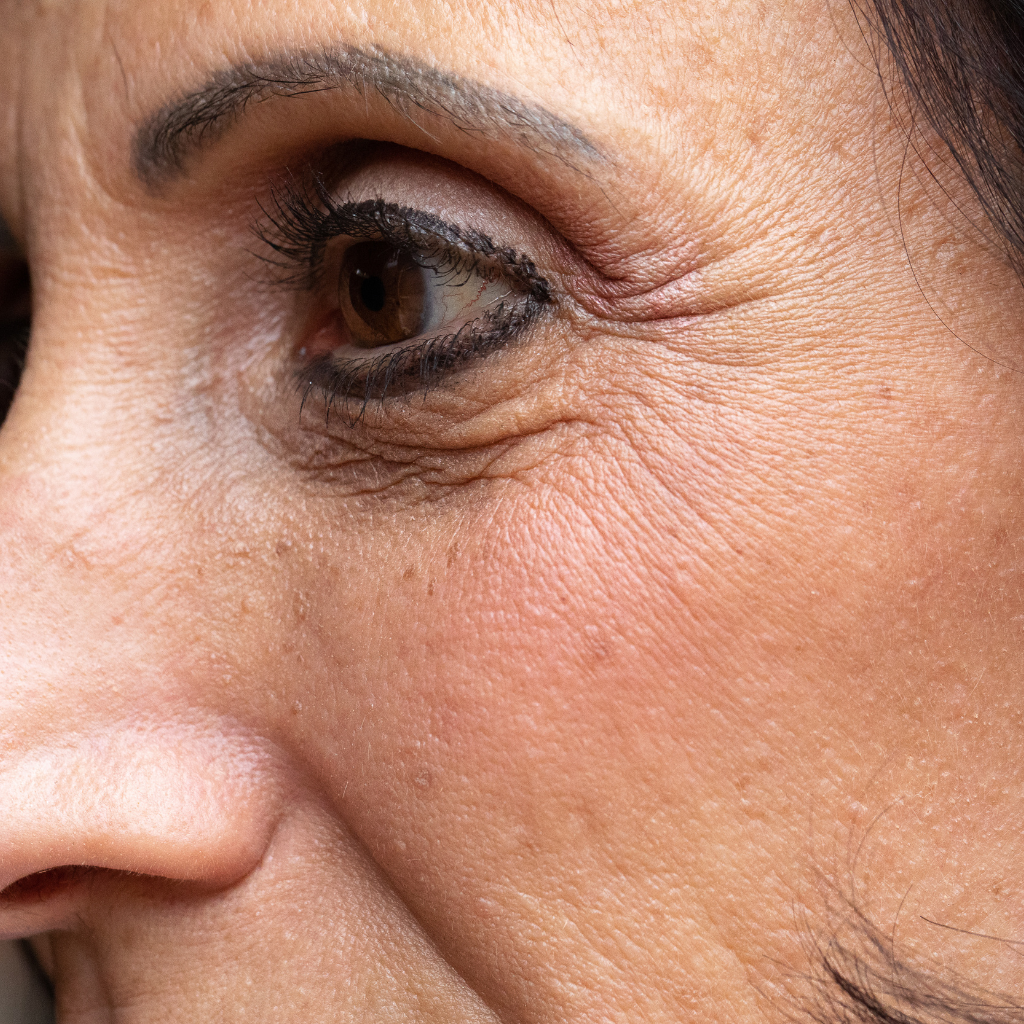
To effectively manage wrinkles and fine lines, establishing a consistent skincare routine is essential. Start by incorporating products that contain retinoids or retinol into your regimen. These ingredients are known for their ability to stimulate collagen production and promote cell turnover, helping to reduce the appearance of wrinkles over time.
Additionally, using moisturizers with hyaluronic acid can help plump the skin and provide hydration, making fine lines less noticeable. Sunscreen is another crucial element in your skincare arsenal. Protecting your skin from harmful UV rays is vital in preventing further damage and premature aging.
Make it a habit to apply broad-spectrum sunscreen daily, even on cloudy days or when staying indoors. Furthermore, consider incorporating antioxidants like vitamin C into your routine; they can help neutralize free radicals and brighten your complexion. By taking these steps, you can create a comprehensive skincare strategy that addresses wrinkles while promoting overall skin health.
Find the lowest price for Delta Decorative Assist Bar here.
Hair Care Tips for Managing Gray Hair

Managing gray hair requires a thoughtful approach that celebrates its uniqueness while maintaining its health. One effective strategy is to invest in high-quality hair care products specifically designed for gray or silver hair. These products often contain ingredients that enhance shine and reduce brassiness, helping you achieve a vibrant look.
Additionally, consider using purple shampoos or conditioners that neutralize yellow tones in gray hair, ensuring it remains bright and fresh. Regular trims are also essential for maintaining healthy gray hair. As hair ages, it may become more prone to dryness and split ends.
By scheduling regular visits to your hairstylist, you can keep your hair looking its best while also experimenting with different styles that complement your gray locks. Embrace the opportunity to explore new hair colors or highlights that blend beautifully with your natural gray; this can add dimension and character to your overall look.
Looking for the best? Start with our top picks for Best Eye Creams for Over 50 to Reduce Wrinkles and Dark Circles.
Embracing Aging Gracefully
Embracing aging gracefully is about shifting your mindset from viewing aging as a negative experience to celebrating it as a natural part of life. This perspective allows you to appreciate the wisdom and experiences that come with each passing year. Instead of focusing solely on physical changes, consider the emotional growth and resilience you’ve developed over time.
Embracing this journey can lead to greater self-acceptance and confidence. You might also find joy in connecting with others who share similar experiences. Engaging in conversations about aging with friends or family members can foster a sense of community and support.
Sharing stories about challenges faced and lessons learned can create bonds that enrich your relationships.
By embracing aging together with others, you cultivate an environment where everyone feels valued and empowered.
Looking for the best? Start with our top picks for the 7 Best Products for Healthy Aging Tips for Women Over 50: A Complete Guide.
Lifestyle Changes to Combat Signs of Aging
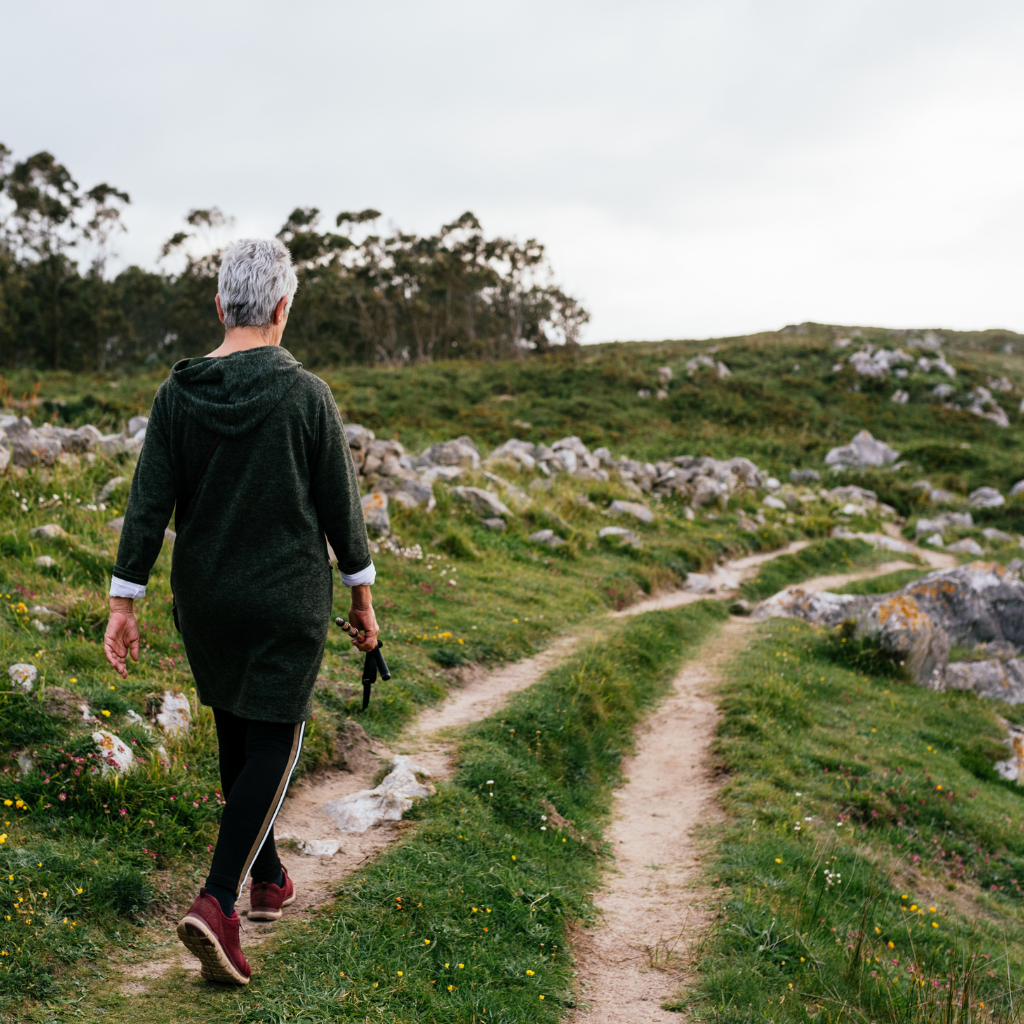
Making lifestyle changes can significantly impact how you experience aging. One of the most effective ways to combat signs of aging is through regular physical activity. Exercise not only helps maintain muscle mass but also improves circulation and boosts mood.
Aim for a balanced routine that includes cardiovascular exercises, strength training, and flexibility workouts like yoga or Pilates. Nutrition plays an equally vital role in how you age. A diet rich in fruits, vegetables, whole grains, lean proteins, and healthy fats provides essential nutrients that support skin health and overall well-being.
Consider incorporating foods high in antioxidants—such as berries, nuts, and leafy greens—into your meals to combat oxidative stress caused by free radicals. Staying hydrated is equally important; drinking plenty of water helps maintain skin elasticity and keeps your body functioning optimally.
Keep your mind sharp with Nordic Naturals Ultimate Omega Fish Oil — See the latest price deal here.
Seeking Professional Help for Aging Concerns

While self-care practices are essential for managing the signs of aging, there may come a time when seeking professional help becomes necessary. Dermatologists can provide valuable insights into skincare treatments tailored to your specific needs. From chemical peels to laser therapy, various options are available to address wrinkles and other skin concerns effectively.
If you’re struggling with the emotional aspects of aging or facing significant life transitions, consider speaking with a therapist or counselor who specializes in geriatric issues. They can offer guidance on coping strategies and help you navigate any feelings of anxiety or sadness related to aging. Remember that seeking professional help is not a sign of weakness; rather, it demonstrates your commitment to prioritizing your well-being during this transformative phase of life.
Take your vitality to the next level with Nature Made CoQ10 200 mg Softgels — Grab the best current offer here.
Understanding the Psychological Impact of Aging
The psychological impact of aging is profound and multifaceted. As you age, you may encounter feelings of loss—whether it’s the loss of loved ones or changes in physical abilities—that can lead to grief or sadness. It’s essential to acknowledge these emotions rather than suppress them; doing so allows for healing and growth.
Engaging in mindfulness practices or journaling can help you process these feelings constructively. Additionally, societal perceptions of aging often contribute to negative self-image or feelings of inadequacy. Combatting these stereotypes requires cultivating self-compassion and challenging societal norms surrounding beauty and worthiness.
Surrounding yourself with positive influences—people who uplift and inspire you—can also foster a healthier mindset about aging.
Discover today’s exclusive deal on Thorne Research Basic Nutrients 2/Day Multivitamin — See today’s best price here.
Celebrating the Beauty of Aging
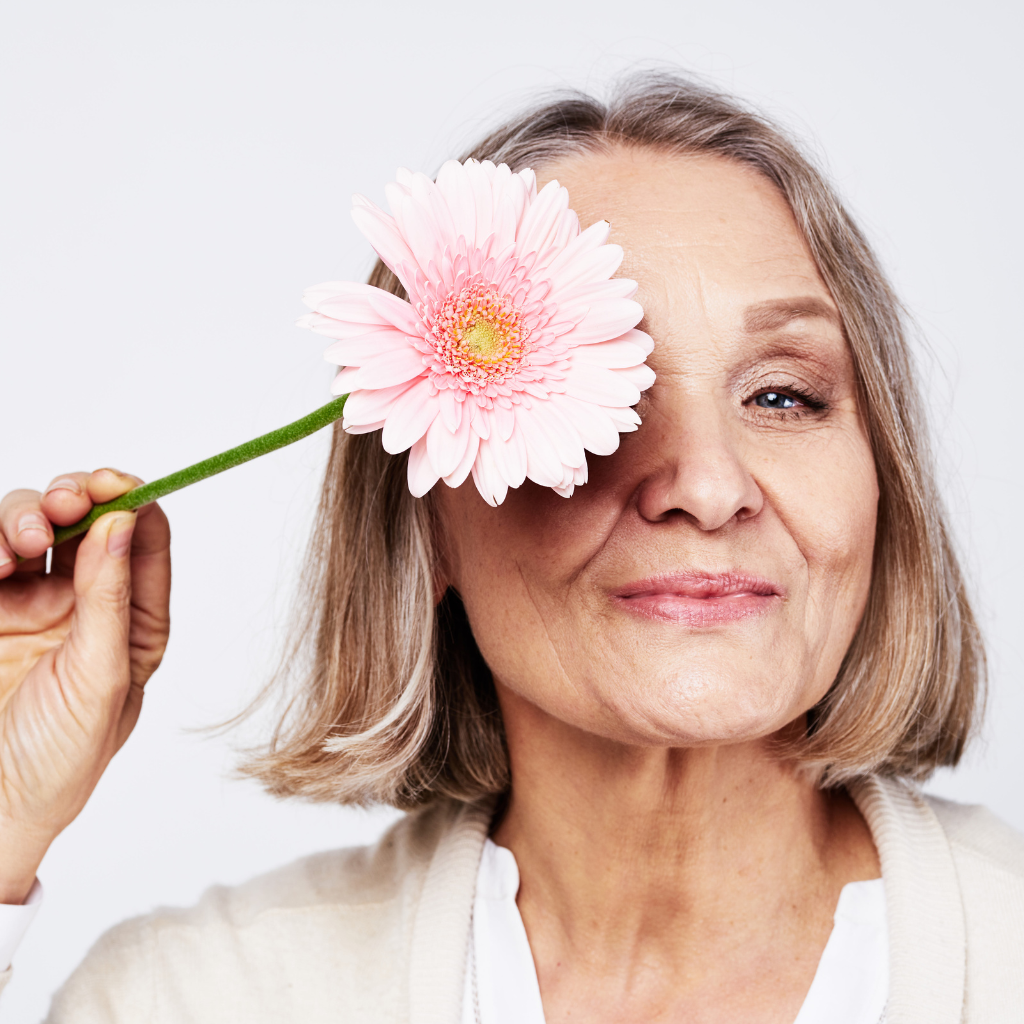
Ultimately, celebrating the beauty of aging involves recognizing the unique qualities that come with each stage of life. Your experiences shape who you are; they add depth and richness to your character that cannot be replicated by youth alone. Embrace the stories etched on your skin through laughter lines or the wisdom reflected in your eyes; these are testaments to a life well-lived.
Consider creating rituals or traditions that honor this journey—whether it’s hosting gatherings with friends or engaging in activities that bring you joy. By celebrating milestones and achievements throughout your life, you reinforce the idea that aging is not something to fear but rather an opportunity for growth and connection. In doing so, you cultivate an appreciation for every moment while inspiring others to embrace their own journeys with grace and confidence.
As we explore the various signs of aging, it’s essential to consider holistic approaches that can support healthy aging. One such approach is the use of natural remedies and plants, which have been utilized for centuries to promote wellness and vitality. An interesting article that delves into this topic is the “Medicinal Garden Kit,” which provides insights into cultivating a garden filled with plants known for their medicinal properties. This resource can be a valuable addition to your anti-aging regimen, offering a natural way to address some of the common signs of aging. For more information, you can read the full article by visiting this link.
See our expert reviews of the best Supplements for Joint Pain in Aging.
FAQs

What are the signs of aging?
Some common signs of aging include wrinkles, fine lines, sagging skin, age spots, and thinning hair.
What causes these signs of aging?
The signs of aging are primarily caused by a combination of factors including genetics, sun exposure, smoking, and natural changes in the skin’s structure and elasticity.
Can signs of aging be prevented?
While it’s not possible to completely prevent the signs of aging, certain lifestyle choices such as wearing sunscreen, avoiding smoking, and maintaining a healthy diet and exercise routine can help minimize their appearance.
What are some treatments for signs of aging?
There are various treatments available for signs of aging, including topical creams, cosmetic procedures such as Botox and fillers, laser therapy, and surgical interventions like facelifts and eyelid surgery.
At what age do signs of aging typically start to appear?
Signs of aging can start to appear as early as in one’s 20s, but they become more noticeable in the 40s and 50s as the skin’s natural aging process accelerates.
The truth about Sleep and Healthy Aging nobody tells you.
